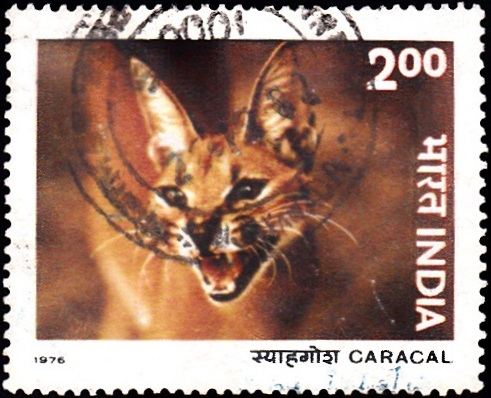
Indian Wild Life 1976
Complete Set of 4 nos of commemorative postage stamps on the Wildlife of India : Swamp deer, Lion, Leopard and Caracal :
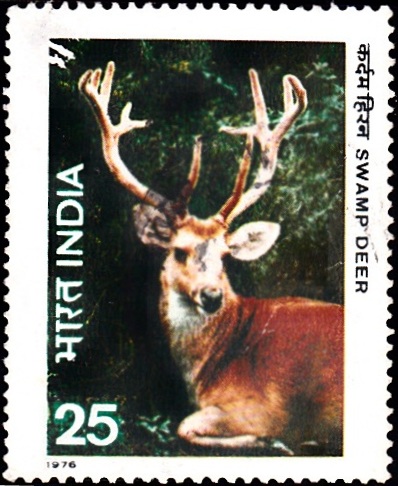
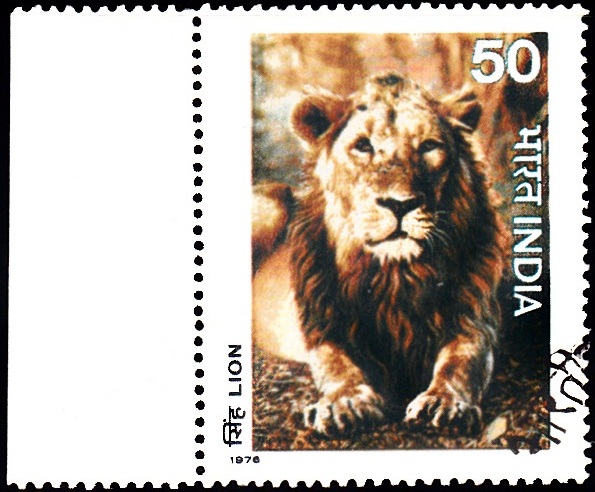
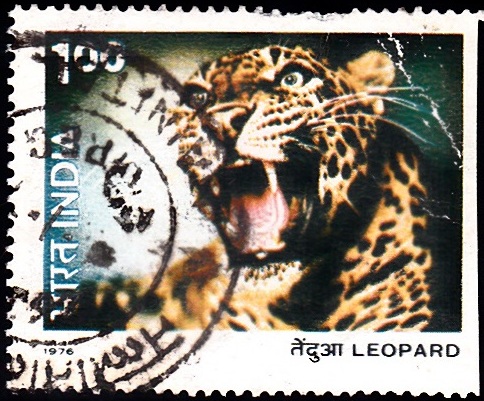
 Issued by India
Issued by India
Issued on Oct 1, 1976
Issued for : The Posts and Telegraphs Department is happy to bring out a series of four postage stamps on Indian Wild Life. The stamps depict Swamp Deer (25P), Lion (50P), Leopard (100P) and Caracal (200P).
Photos by : Shri Rajesh Bedi, New Delhi
1st day cover designed by : Shri K.S. Saukhala, New Delhi.
Type : Stamps, Postal Used
Colour : Multi-colour
Denomination : 25, 50, 100 & 200 Paise
Overall size : 4.06 x 3.15 cms.
Printing size : 3.5 x 2.7 cms.
Perforation : 14½ x 14 & 14 x 14½
Watermark : Unwatermarked paper
Number printed :
25 P. : 50,00,000
50 P. : 30,00,000
100 P. : 20,00,000
200 P. : 20,00,000
Number per issue sheet : 35
Printing process : Photogravure
Designed and printed at : India Security Press
About :
- One of the priceless treasures bestowed by Nature on India is her spectacular plant and animal life. Lending a distinctive charm to the countryside, the wild animals and birds have found a prominent place in art, religion, poetry and folklore of the land. They are, indeed, a part of India’s rich heritage. The climatic variations of the country ranging from the pouring wet hills of eastern India to the western Thar Desert and the hot humid tropical rain forests of far south to the cold alpine pastures of Himalayas afford suitable living conditions to a wide variety of animals.
- A hundred years ago there were plentiful animal life in the country. Large herds of black buck, spotted deer, nilgai and other animals inhabited the great plains of India while the forests were full of gaur, sambar, tigers and elephants. In recent years, however, the position has changed. The extremely dense human and cattle population of this country places a heavy demand on the natural resources resulting in encroachment on the habitat of wild life. The increasing tempo of developmental activities has caused pressure on wild life habitats both in extent and content. This has resulted in extinction of a few species and a few are on the verge of extinction.
- Various measures have been taken in recent years for the protection of wild life. These include enactment and enforcement of wild life protection laws, declaration of certain animals and birds as protected, restriction on export of rare and threatened species, trophies and animal products, and above all, setting up of sanctuaries, national parks and zoological parks. Creation of a favourable public opinion is, however, the most important means of wild life conservation and without it, all efforts to preserve animals and birds will prove to be of little avail.
- Swamp Deer :
- The Swamp Deer is found exclusively in India. In Terai (Uttar Pradesh), Assam and the Sundarbans; the Swamp Deer is distinguished by its splayed hooves and larger skull, while in the hard open ground of Madhya Pradesh, it has smaller well-knit hooves. The coat of the Swamp Deer, almost woolly in texture, shades from brown to yellowish brown. There is much variation in the form of the antlers. 10 to 14 is the usual number of points of branches of antlers, though there may be as many as 20. Swamp Deer has moderate eyesight and hearing power and acute sense of smell. The number of swamp deer is decreasing and it is a protected animal.
- Lion :
- The Asiatic or Indian lion used to be found in Iran and Iraq as well as in northern and central India. It is now restricted to the Gir forest in Gujarat.
- The Indian lion is similar to the African cousin but has some slight differences such as fewer spots visible when young and longer tail tassels. The habits of the Indian lion do not differ from those of the African. By day they rest under the shade of trees and at dusk go in quest for food. Their roars are heard throughout the night, more noticeably at dusk and again just before daybreak. In the Gir forest they prey mainly on game and cattle.
- Leopard :
- The Leopard or Panther ranges over the whole country and extends into Burma and Sri Lanka. A typical panther from the Indian Peninsula is a sleek short-haired animal with a fulvous or bright fulvous coat marked with small close-set black rosettes.
- The Panther is able to live and thrive almost anywhere. It frequently hunts by day, particularly if it has failed to secure food at night. The panther will kill and eat anything it can overpower with safety – cattle, deer and monkeys, the smaller beats of prey and larger rodents like porcupines. The panther’s habits bring it into far more frequent contact with man than the tiger, and as such it has become a greater potential scourge on human life and property.
- Caracal :
- The Caracal is commonly found in the north and north-western hills of Kutch, the dry parts of Punjab, Rajasthan, Uttar Pradesh and Central India. The caracal has broad head and tufted ears. Its coat is thick and soft.
- An uncommon and elusive animal, nearly extinct in India, little is known about the caracal in wild state. It is a creature of desert and scrub jungle, where it preys on birds, rodents, antelopes and small deer.


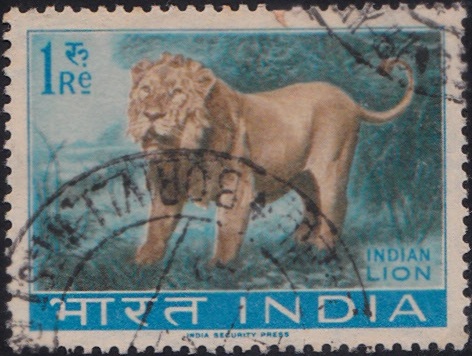
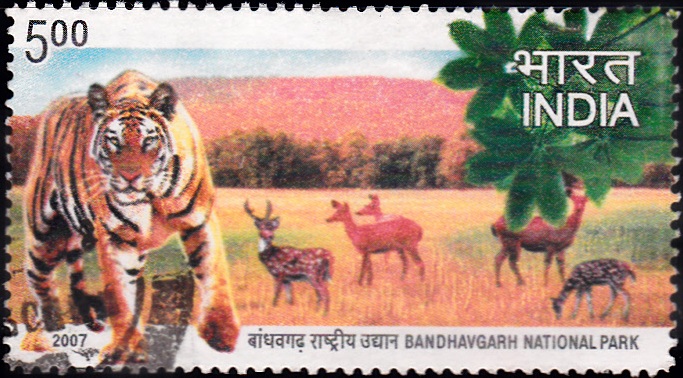
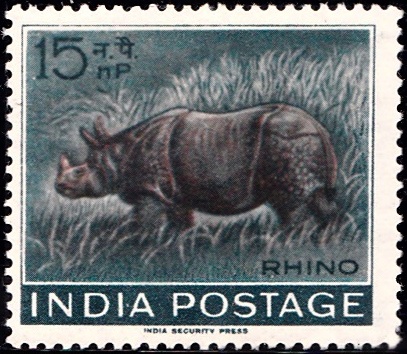
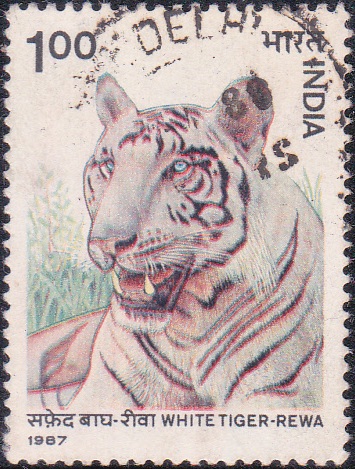
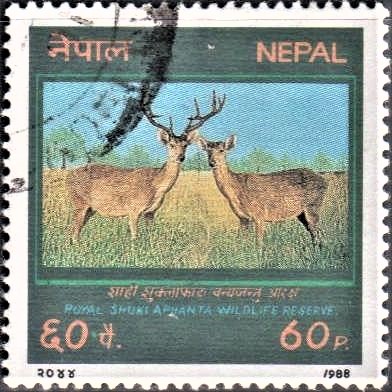
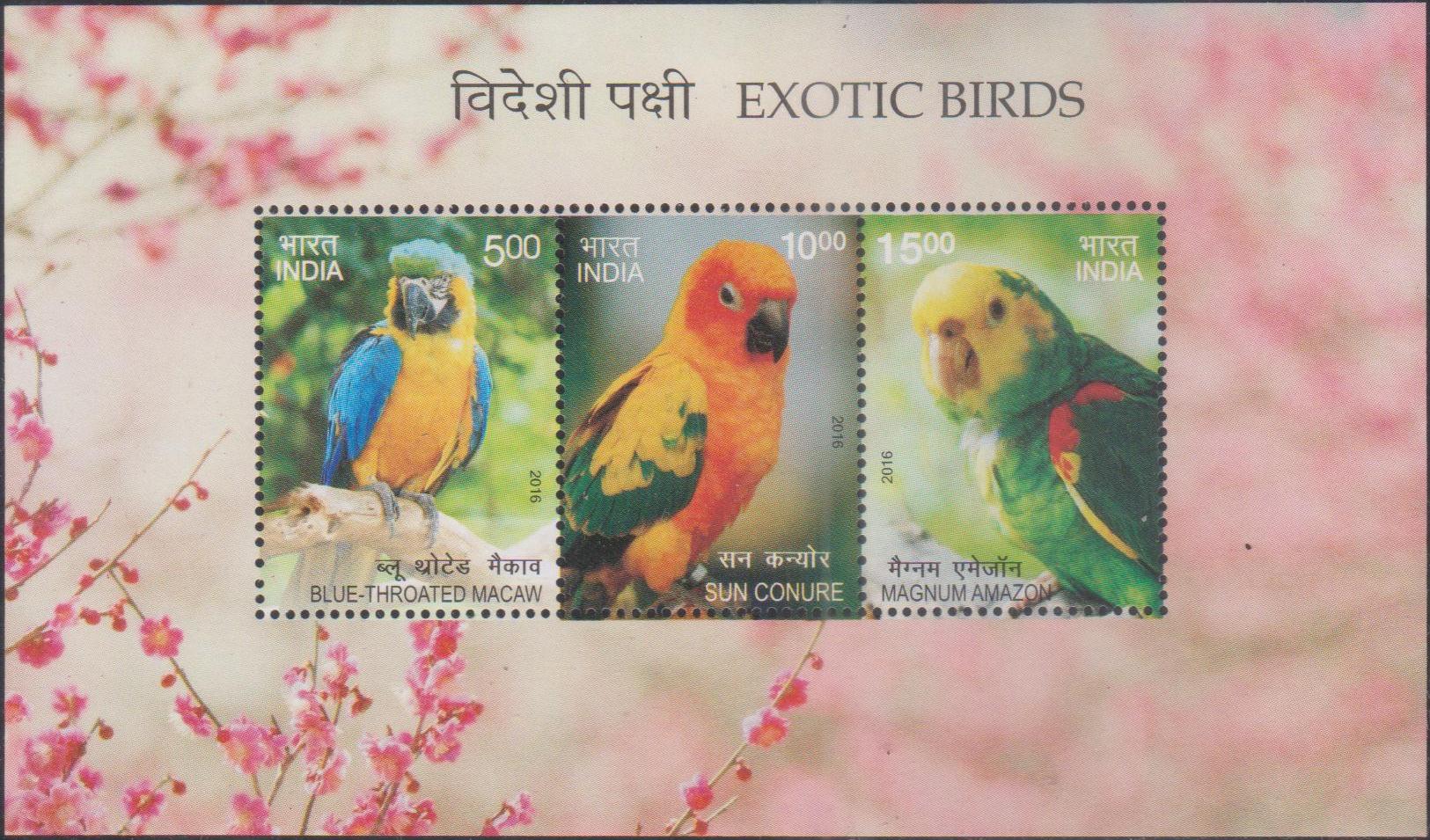
[…] India possesses several species of Fauna not found in other parts of the world. The Rhinoceros, the Indian Swamp Deer, the Brow-antlered Deer, the Spotted Deer or Chital, Nilgai or the Blue Bull, the Blackbuck and the […]